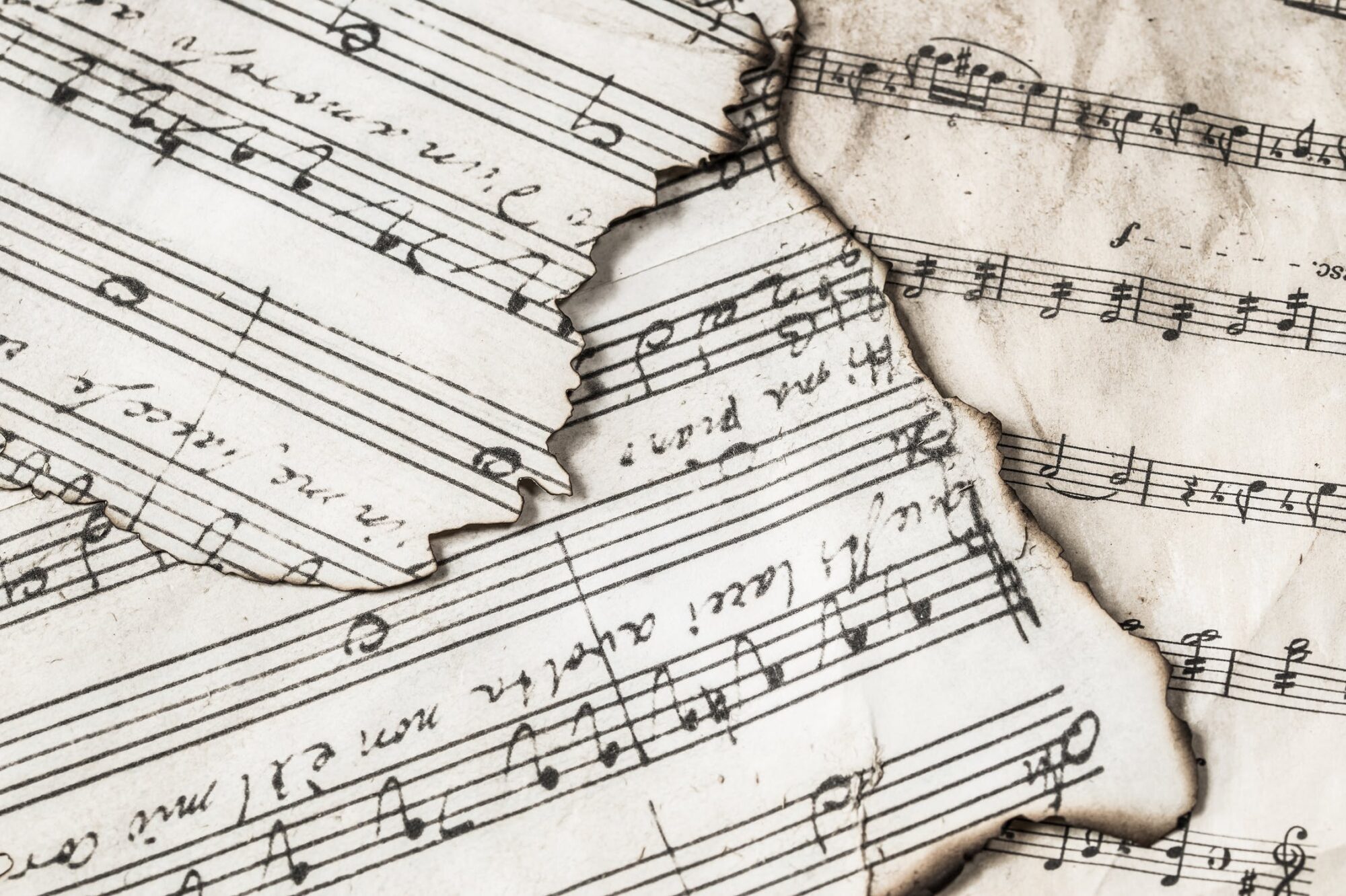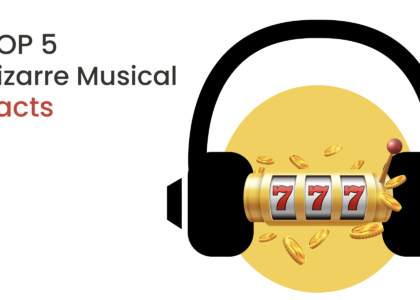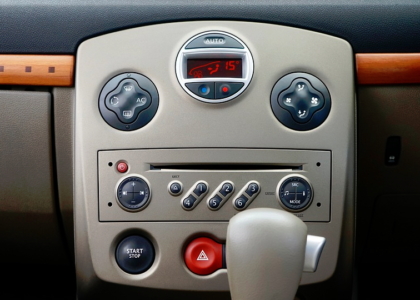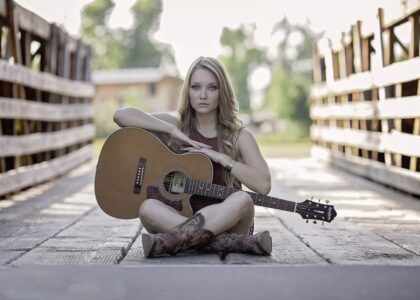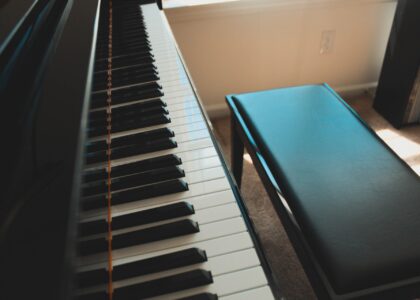The era of Romanticism in music covers roughly the period from 1800 to 1910.
It replaced the era of classicism with a clear and strict position of man in the society around him: man is opposed to the world in which he exists, he fights for his destiny, defends his interests, argues with the existing laws, and survives as he sees fit.
During the Romantic era, composers focus on the man himself with his thoughts, feelings and desires. Man as a person created for this world.
The main theme of composers’ works becomes the theme of love. In any manifestation of this theme is not devoid of autobiography (Schumann and his love for Clara Wieck. Wagner’s opera works).
The second major detail becomes the theme of loneliness. The surrounding world is a world of bourgeoisness, pretense, philistinism, deceit, and danger. But the inner world is beautiful. There you can live and create as you see fit.
It is very typical for romantic composers to address the theme of nature. Against the background of the beautiful and eternal, calm and constant, it is easier to develop the inner world of man, leaning on and enjoying the richness and diversity of the colors that exist around.
During this period of great importance acquires an appeal to folk art, folklore, the saturation of the musical fabric with folk motifs. There were composers for whom folk art became an inexhaustible source of inspiration (Grieg, whose favorite technique was a move – a jump from the 7th step to the 5th: Concerto for Piano and Orchestra).
Finally, the craving for the fantastic, for the mysterious, the tense, the unusual, the mysterious (Weber, the scene of casting bullets from the opera “The Magic Arrow”) is very widespread. This focus leads to an increased role of the orchestra, new harmonic means of expression, the introduction of recitative insertions, the use of new noise effects, and much more.
The most important stage in the era of Romanticism was the idea of the synthesis of the arts, which is most vividly expressed in Wagner’s operas: stage action, music, orchestra, singing, decorations.
The first Romantic composers were Schubert, Weber and Rossini.Later ones were Schumann, Chopin, Mendelssohn, Berlioz, Liszt, Wagner, and Verdi. The next stage was Brahms, Smetana, and Grieg.
The music of the Romantic composers, being the brightest masterpieces of world culture, will forever give joy and pleasure to people.

